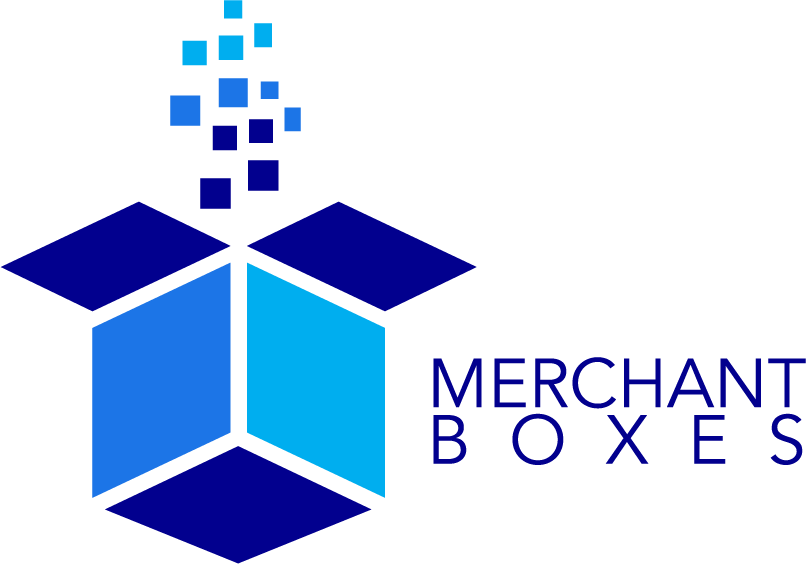Is Your Packaging Working for You? How to Make Every Box Work Harder
Packaging is like your brand’s front-line employee: it’s the first to show up, the first to speak, and the first to make an impression. But too often, brands settle for packaging that simply looks good. Nice colors? Great. Fancy font? Lovely. But is it actually working?
Because here’s the deal: if your packaging isn’t doing more than showing up on a shelf, you’re not getting your money’s worth. In this day and age, packaging needs to perform. It needs to communicate, convince, protect, and delight, and sometimes all at once.
Let’s break it down: here’s what hard-working packaging really looks like.
1. It Grabs Attention
Your packaging is competing with dozens, sometimes hundreds, of other products in any given aisle, feed, or shelf. Whether it's sitting in a boutique display or being unboxed on TikTok, it needs to pop.
That doesn’t mean it has to be loud or obnoxious. Great packaging grabs attention with smart design:
Bold color choices that stand out in a sea of sameness
Unique shapes that disrupt shelf monotony
Tactile finishes that invite a touch (think soft-touch, embossing, or raised varnish)
Minimalist restraint that feels premium and confident
Unexpected messaging that makes someone stop and smile
It’s about creating a moment, a pause, a glance, a “wait, what’s that?” That’s where attention begins. And attention is the first step toward a sale.
2. It Communicates Clearly
Once your packaging has earned that moment of attention, it had better use it wisely.
Clarity is key. You’ve got about 3-5 seconds to convey:
What the product is
Who is it for
Why it matters
Why they should care now
Confusing copy, overcrowded layouts, or inconsistent branding don’t just make your packaging look amateur, they create doubt. And doubt kills conversions.
Great packaging communicates:
Product benefits front and center (especially for CPG or wellness brands)
Clear hierarchy of information (brand name, product name, function, key claims)
Brand tone that matches the personality (playful, serious, eco-conscious, etc.)
Easy-to-find legal and compliance info without cramming it all in their face
If you confuse, you lose. If you’re clear, you convert.
3. It Reinforces Your Positioning
Your brand positioning should be ingrained into your packaging, visually, structurally, and emotionally.
Are you a minimalist, design-forward brand? Your packaging might feel clean, modern, and refined.
Are you a bold, adventurous snack startup? Your design might feel dynamic, youthful, and energetic.
Are you an artisanal, hand-crafted brand? Your packaging might exude texture, warmth, and authenticity.
Great packaging doesn’t just tell your brand story, it shows it:
Material choices (kraft, matte, glassine, metallic film) say a lot
Color palettes evoke mood and emotion
Typography conveys attitude (serif vs. sans-serif, handwritten vs. industrial)
Finishing touches like foil stamping, specialty inks, or tear-away tabs all send subtle cues
When customers touch your packaging, they should feel your brand. When they see it, they should instantly know who it’s for. That’s positioning at work.
4. It Makes the Purchase Feel Like the Right Decision
This one’s psychological. Good packaging reinforces buyer confidence. It creates a “yes, I made the right choice” moment from the second they hold it to the second they open it.
Some of the best packaging in the world feels like a reward. That moment when the box slides open perfectly. When there’s a clever message under the lid. When every layer feels intentional.
That’s not fluff, that’s conversion optimization. A great unboxing experience:
Reduces buyer’s remorse
Increases perceived value
Encourages sharing on social media
Makes repeat purchases more likely
And it doesn’t have to be expensive. Even simple touches like a well-placed thank-you card, a bit of tissue wrap, or a branded sticker can elevate the experience from “meh” to “memorable.”
5. It Keeps Products Safe (Because No One Wants a Broken Candle or Soggy Chip)
We all love aesthetics, but if your product arrives damaged, all that beauty goes out the window.
Protection is not optional. And smart packaging engineers know how to make protection look good. Whether it’s inserts, padding, corrugated fluting, or pressure-sealed seals, protection should be built in without being bulky.
This is especially critical for:
Glass bottles (cosmetics, skincare, beverages)
Electronics
Anything that ships direct-to-consumer
Subscription boxes with multiple items
You want your customer to gasp with joy, not horror, when they open your packaging. And if they ordered it as a gift, your packaging is now part of their gift-giving story. It better hold up.
6. It Keeps Products Fresh (Especially If You're in the Food or Wellness Game)
If your product can spoil, your packaging is your first line of defense against time, temperature, and air.
Freshness-focused packaging is where science meets design:
Resealable zippers for snacks
Oxygen-absorbing films for meat
Insulated pouches for perishables
Tamper-evident closures for wellness and beverage products
In these cases, packaging is part of the product. If it fails, the whole thing fails. If it succeeds, customers may not even notice, but they’ll trust you more for the next purchase.
And remember that freshness doesn’t have to mean boring. You can still be bold, playful, or premium while keeping your edibles edible and your drinkables drinkable.
7. It Makes the Product Easy to Transport, Store, and Use
Let’s not forget the functional side of packaging. Is it easy to carry? Easy to open? Easy to reseal? Easy to toss into a tote or stack in a cupboard?
Packaging that frustrates people gets tossed, sometimes along with the brand reputation.
Smart packaging is:
Ergonomic (fits hands, pockets, shelves, lunchboxes)
Storage-friendly (stackable, collapsible, compact)
Shipping-savvy (designed to optimize space and reduce costs)
Retail-ready (can stand, hang, or be displayed easily)
Even the simple question “Will this fit in a mailbox?” matters when designing DTC packaging. If it doesn’t, your customers might face missed deliveries or extra steps, and friction points add up fast.
So... Is Your Packaging Working?
Here’s your packaging audit cheat sheet:
✅ Does it grab attention?
✅ Does it clearly communicate what you're selling?
✅ Does it reflect your brand’s personality and positioning?
✅ Does it make people feel confident about buying?
✅ Does it protect the product?
✅ Does it preserve freshness (if applicable)?
✅ Does it make life easier for the customer?
If you can’t answer “yes” to most of these, it’s time to level up. Because great packaging doesn’t just sit there. It sells. It speaks. It solves problems. It builds loyalty.
So don’t let your packaging be the silent partner in your brand’s success. Make it a star player.
Need help building packaging that works as hard as you do?
We specialize in helping brands create custom packaging that balances brains, beauty, and brawn. Let’s talk about how we can turn your packaging into your brand’s MVP.






